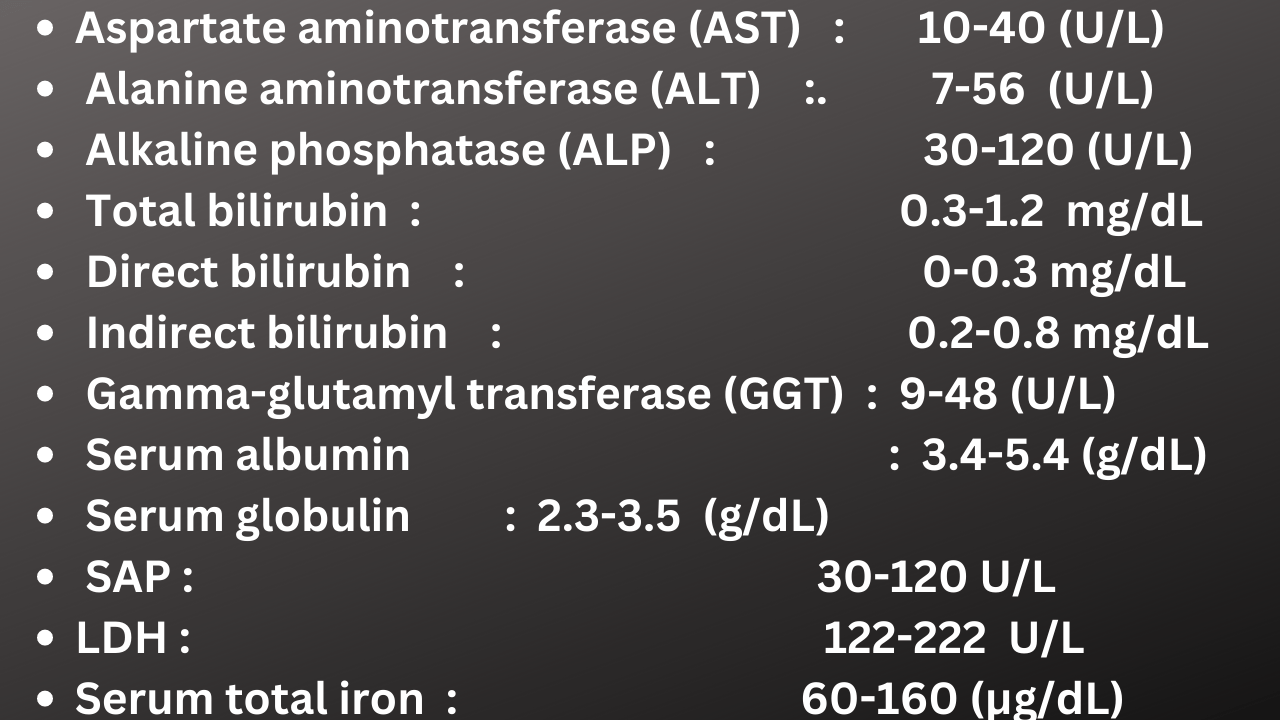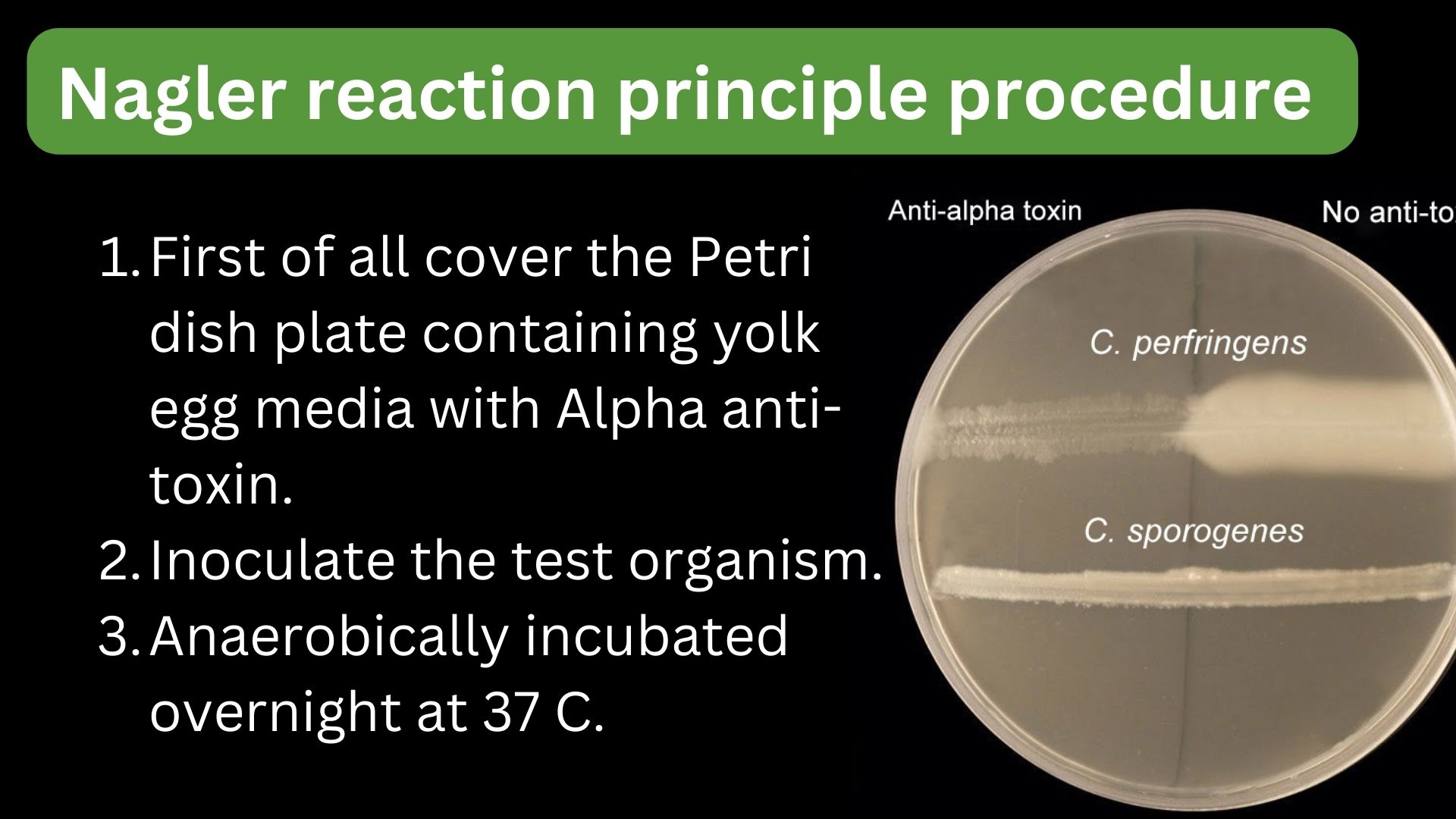Glomerular filtration rate (GFR) blood test range chart by age
The estimated Glomerular filtration rate (eGRT) blood test is an important and essential test for assessing the filtration ability of both kidneys. egfr-stands for “Estimated glomerular filtration rate” In the case of chronic kidney disease (CKD) eGFR decreases. what is the glomerular filtration rate? An estimated glomerular filtration rate test is used to measure the … Read more




